Hermit crabs are well-known crustaceans that carry their homes along with them. Wherever a hermit crab goes, his house goes as well. This is because they carry shells on their backs to live inside! Read on to learn about the hermit crab.
Description of the Hermit Crab
The hermit crab differs from other animals in the Crustacean family because part of its body lacks a hard shell. Their abdomens are soft and unprotected, which makes them vulnerable to predators. Thankfully, these creatures can hide their soft abdomen inside of the shells of other creatures. The end of their abdomen is specially designed to wrap around and grip the coiled central columella of snail shells.
Interesting Facts About the Hermit Crab
There is more to hermit crabs than their uniquely mobile style of living. Hermit crabs are interesting and hardy creatures that come in a variety of shapes and sizes.
- The Endless Possibilities – When you picture a hermit crab, you probably imagine the little creatures that can be purchased at your local pet store in colorful painted shells. Those pet shop hermit crabs are just one of 1,100 different hermit crab species!
- Hermit Crabs, Divided! – The many species of hermit crabs can be divided into two distinct groups: land and sea. Some hermit crab species live a terrestrial life, which means they live entirely on land. They are mostly found in tropical locations, as they must have access to water so they can keep their gills damp. The other group of hermit crabs lives a marine life, meaning that they live in saltwater. There is a single species of these crabs that live in fresh water.
- Shell Swap – Because hermit crabs must borrow shells from other animals, they have to ditch their homes when they outgrow them. Other crustacean species shed their shells when they grow, and spend a couple days growing a new shell. Hermit crabs must find a larger abandoned shell before they outgrow the first, and swap homes.
- Collector’s Competition – Because hermit crabs must wear a shell to survive, the competition for good shells can be stiff. They will battle one another over choice shells. They have even been known to “wear” non-shell items, like bottle caps and other debris, in a pinch. This habit is mainly due to excess litter on the beach confusing the crabs, and human seashell collectors depleting the available shells.
Habitat of the Hermit Crab
Land dwelling hermit crabs live in tropical environments. They require frequent access to fresh or salt water, as a way to dampen their gills. Without access to water, they cannot reproduce or even survive long periods. Marine hermit crabs spend their lifetimes under the sea. They can commonly be found anywhere from shallow tropical reefs to the depths of the ocean.
Distribution of the Hermit Crab
The 1,100 different species of hermit crabs can be found worldwide. They are commonly found in sandy or mud substrates, typically close to the tropics in terrestrial species. Marine hermit crabs can be found in oceans around the globe. With so many different species, you can find these crabs almost anywhere!
Diet of the Hermit Crab
Terrestrial species of hermit crabs are omnivores. They commonly eat carrion, fruits, vegetables, and basically anything they can get their claws on. Marine hermit crabs are also omnivorous. Depending on the species, some will eat algae, seaweed, carrion, and more. Again, they will eat basically anything they can find!
Hermit Crab and Human Interaction
Humans are indirectly impacting hermit crab survival. Habitat degradation and pollution put them in danger, as well as seashell collection. Plastic pollution can confuse them when searching for shells, leaving them vulnerable to predators. Over collecting seashells leaves them competing heavily for shells. The crabs that don’t make the cut can be forced to wear other objects, putting them in danger.
Domestication
These crabs have been kept as pets for many years. They could be considered semi-domesticated as they have been bred by humans for long periods. However, they have not been selectively bred, or bred for a purpose. A few species of terrestrial hermit crabs are commonly kept as pets.
Does the Hermit Crab Make a Good Pet
Caring for these creatures can be very easy, but they should always be properly cared for. The crabs can be handled, but handling should be kept to a minimum. Because of this, these crabs can be good pets, but ensure supervision of children.
Hermit Crab Care
Hermit crab habitats should be large enough for multiple animals, as they are social creatures. The enclosure should have a lid, to keep the crabs in a humid environment, and water should be available at all times.
Provide your crabs with 2 – 3 inches of sand or reptile bark substrate for digging, and plenty of hiding places. Also ensure you provide larger shells for your tiny pets to wear once they out grow their current shells. You can feed your crabs commercial pelleted food, and supplement their diet with fruits and veggies.
Behavior of the Hermit Crab
Hermit crabs are social creatures, and prefer living in close proximity to others of their species. They will wave their antennae and flick their legs to communicate with one another. These crabs can frequently be seen aggregating in groups, or feeding at the same carcass.
Reproduction of the Hermit Crab
Different species of hermit crabs have different mating strategies. Some terrestrial species will travel to the water in massive groups to breed. Both species of these crabs come partially out of their shells during the reproduction process. The male passes a packet of sperm, called a spermatophore, to the female and she uses it to fertilize her eggs.
Some species will deposit thousands of eggs on their abdomens for development. The young crabs develop in stages, and they hatch as larvae called a “zoea.” This zoea will molt a few times before reaching the megalopa stage, which looks like a tiny version of a crab.
Beliefs, Superstitions, and Phobias About the Hermit Crab
Many people treat hermit crabs as “throwaway pets” to give their children for a few months to keep them entertained. In reality, they require specific care, and can live for long periods. These creatures frequently live for ten years, and live as long as 32 years!

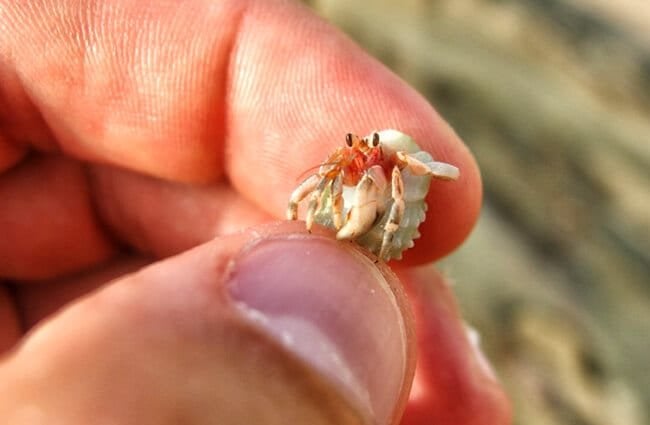

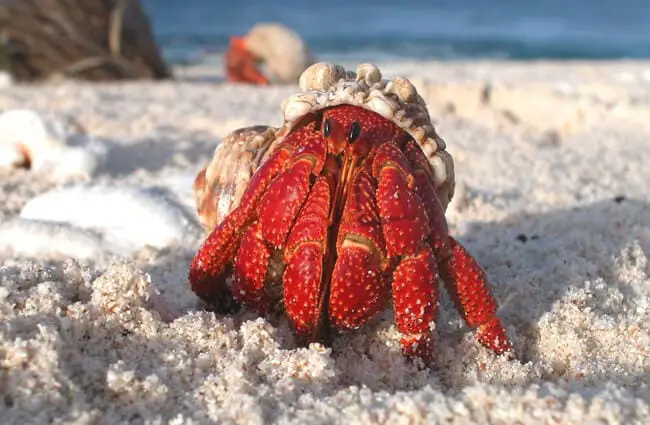
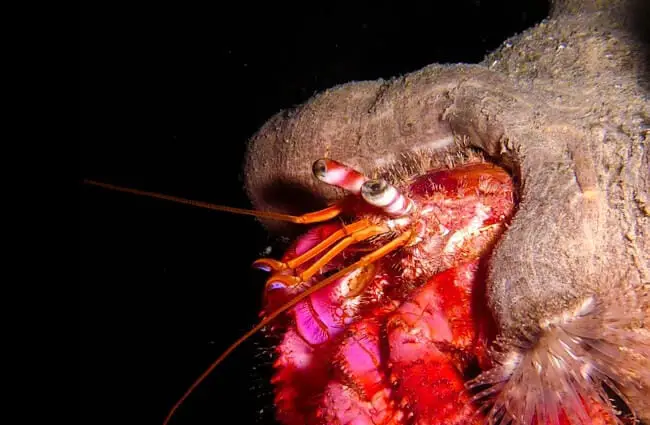

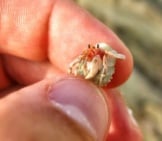
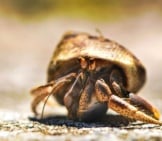
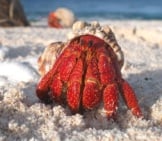

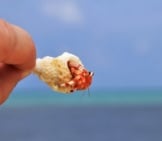
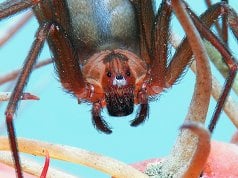
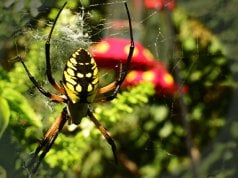




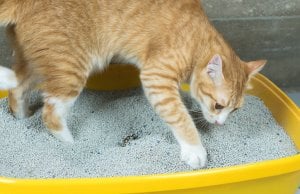






![Red Angus Closeup of a beautiful Red Angus cowPhoto by: U.S. Department of Agriculture [pubic domain]https://creativecommons.org/licenses/by/2.0/](https://animals.net/wp-content/uploads/2020/03/Red-Angus-4-100x75.jpg)

